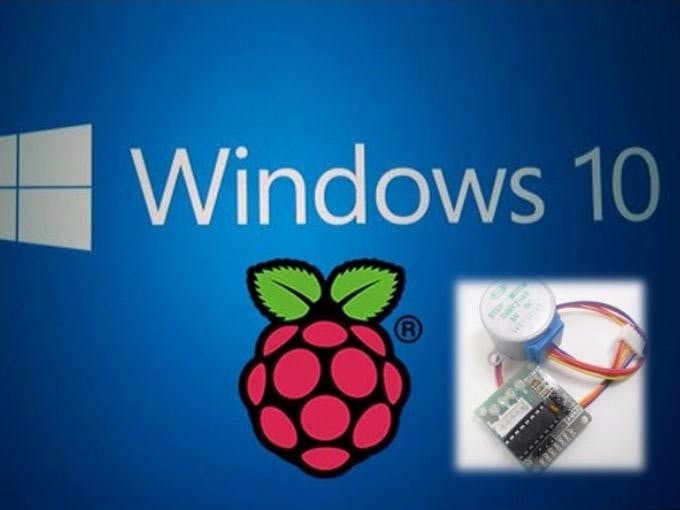If you are looking to replicate this project or use hardware, drop me your quote and receive your own ready-to-go kit.
This project will help you to learn how to control a stepper motor. The idea is to add more toys to Raspberry Pi projects. Firstly, some basic knowledge about stepper motors is required. Google Search can give you some ideas, or you can check this Wiki: Stepper Motor.
Stepper MotorTo simplify the power supply, in this project, I am using a low cost stepper motor and controller; a 5V stepper motor and ULN2003. Hence, you can use 5V power directly from Raspberry Pi board. This code is for a background application. You can move it to foreground with more User Interface controls.
DelayThe main problem here is the Delay function. If we try to use the standard Task Delay, the minimum delay is only few hundreds milliseconds.
ConnectionsThere is no specific schematic for it, but you can use 5V and GND from Raspberry Pi board to the controller ULN2003. Then, use any 4 GPIO pins available on board.
You can drop me a comment if you have trouble with connections or boards.










Comments